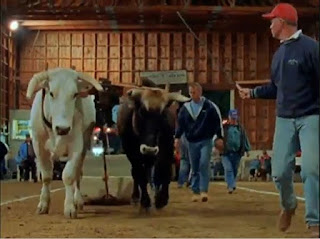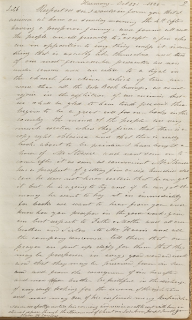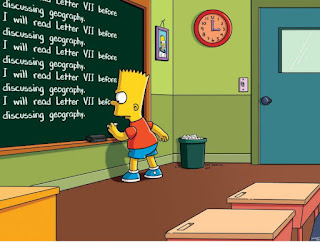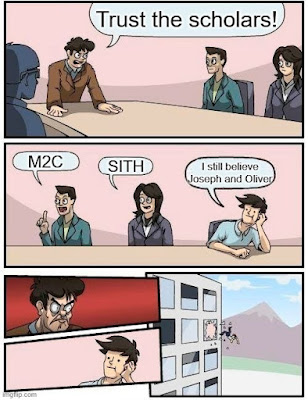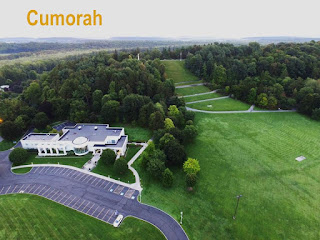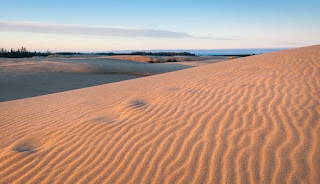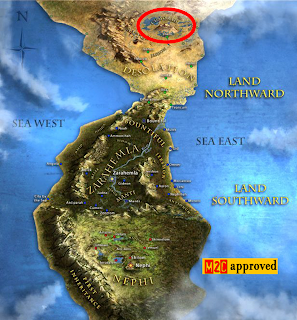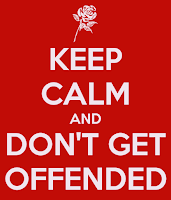Equally yoked together
Yesterday we had a wonderful missionary training webinar. One of the topics was Elder Boyd K. Packer’s famous talk about teamwork and being equally yoked together.
The Church posted a video version of the talk here:
https://www.churchofjesuschrist.org/media/video/2013-10-1111-equally-yoked-together?lang=eng
It is well worth watching and pondering.
In thinking about being equally yoked together, we remember what Elder Quentin L. Cook taught a year ago.
With our all-inclusive doctrine, we can be an oasis of unity and celebrate diversity. Unity and diversity are not opposites. We can achieve greater unity as we foster an atmosphere of inclusion and respect for diversity.
(2020, October, Quentin L. Cook, ‘Hearts Knit in Righteousness and Unity,’ General Conference, November 2020, ¶ 22)
_____
On this blog, we discuss not education per se, but the factual, rational, and doctrinal background for what is being taught.
There are obvious differences of opinion about Church history and Book of Mormon historicity. Some Latter-day Saints still believe what Joseph and Oliver taught about the translation and the New York Cumorah. Others do not.
Yet there is no reason for these differences of opinion to leave us unequally yoked.
According to the Gospel Topics entry on Book of Mormon Geography, the Church has no position on geography issues. That is an explicit declaration that no theories are, or should be, favored over others.
Yet the dominant LDS intellectuals consistently and persistently defy the Church’s statement. Instead, they exclude faithful interpretations of the facts that contradict their preferred M2C and SITH theories.
Everyone in the Church would benefit by being equally yoked and working together.
If you work for, follow, or donate to any of the M2C citation cartel,* or know someone who does, let the M2C and SITH promoters know that whether or not you agree with their views, you want them to recognize and accommodate alternative faithful perspectives.
Every Latter-day Saint who is an engaged learner deserves to make informed decisions about these issues. Being informed starts with knowing the facts, but just as important, they need to know about alternative working hypotheses.
Especially the ones the M2C citation cartel censors.
_____
* The M2C citation cartel includes Book of Mormon Central and its owner, BMAF.org, FairLatterdaysaints, the Interpreter Foundation, BYU Studies, Meridian Magazine, etc.
Source: Book of Mormon Concensus
